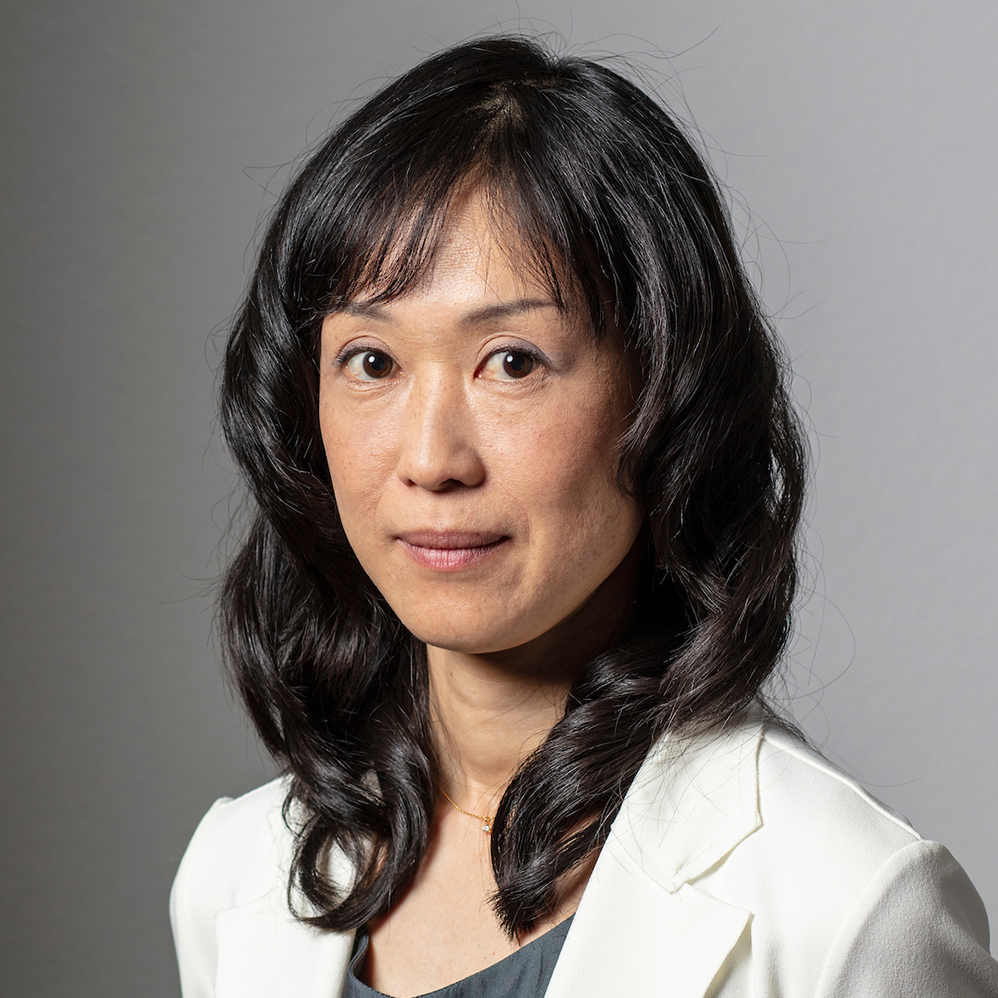
Hiroshima Prefectural Industrial Promotion Hall (Atomic Bomb Dome) and the vicinity of the hypocentre. Photo taken in November 1945.
HB405, Photo by US Army, Provided by Hiroshima Peace Memorial Museum
A Hiroshima survivor recounts the stigma of surviving “hell” and her fight for peace and a world without nuclear weapons.
On August 6, 1945, the United States dropped an atomic bomb on Hiroshima. Three days later, a second bomb fell on Nagasaki. The bombings forced Japan’s surrender, ending World War II, but at a devastating cost: an estimated 210,000 lives.
Michiko Kodama was seven years old and inside a school building on the outskirts of the Hiroshima city, some 4 km from the hypocentre when the bomb exploded.
Kodama survived the explosion and its aftermath, becoming one of the last hibakusha – the Japanese term for atomic bomb survivors. Today, the number of hibakusha still alive has fallen below 100,000, with an average age of over 86. In postwar Japan, they held a complex and often painful status in society – feared, stigmatised, and sometimes even blamed. Many were unable to speak openly about what they had endured.
Seared in memory
“People said hibakusha shouldn’t marry,” she tells Swissinfo. “That our children would be born with disabilities. That we carried radiation like a disease. We hibakusha were never allowed to live as human beings.”
For more than a decade, Kodama remained silent and didn’t speak of what she had witnessed as a child. Those scenes were seared into her memory.
She recalls seeing “hell” and “people fleeing from the hypocenter with skin burned and hanging from their bodies, desperately begging for water”. “I couldn’t help them, I had nothing”, she says.
The memories of that day still haunt her. She could never shake off the anxiety, but life continued.
*This video contains graphic and potentially disturbing content, including scenes of violence. It is intended for informational purposes and may not be suitable for all audiences.
Despite the fear, Kodama did marry and had a daughter. “When I became pregnant, I wondered: Will my child be healthy? Will she survive?”
Her daughter died of cancer in 2011. Michiko still wonders if it was her fault.
Later she joined Nihon HidankyoExternal link, an organisation representing the survivors of the atomic bombs dropped in Japan. In 2024, the organisation was awarded the Nobel Peace Prize. As assistant secretary-general, Kodama, saw this not only as a recognition of years of painful struggle against silence, stigma, and discrimination but also as a warning for the future.
A voice for the future
Today, Kodama continues to speak out, driven by a sense of responsibility. She is an advocate of peace and of a world without nuclear weapons. She became a leading voice of Nihon Hidankyo, crisscrossing Japan and the world to share her testimony. She has spoken in schools, at international conferences, and at the United Nations.
In recent years, the threat of nuclear weapons has returned to global headlines. Conflicts in Ukraine and the Middle East, rising tensions in East Asia, and a global arms races have reignited fears of a nuclear escalation.
More

More
80 years on: Hiroshima, Geneva and the global struggle to ban the bomb
“We hibakusha are still alive and we are angry,” Michiko says. “We will be gone sooner or later though. For the future generations to not go through the same experience we went through, we must do everything we can”. Michiko believes that as a hibakusha she has a duty to speak out, remember, and ensure the experiences of the past are not lost.
As a hibakusha she says these developments affect her personally. “We’ve already experienced it. We know the damage of nuclear weapons”, she says. “No more hibakusha […] we must abolish nuclear weapons.”
“I should be a grandmother enjoying the sun,” she says. “Instead, even at the age of 87, I’m still telling this story. Because someone must.”
Edited by Virginie Mangin/ds




